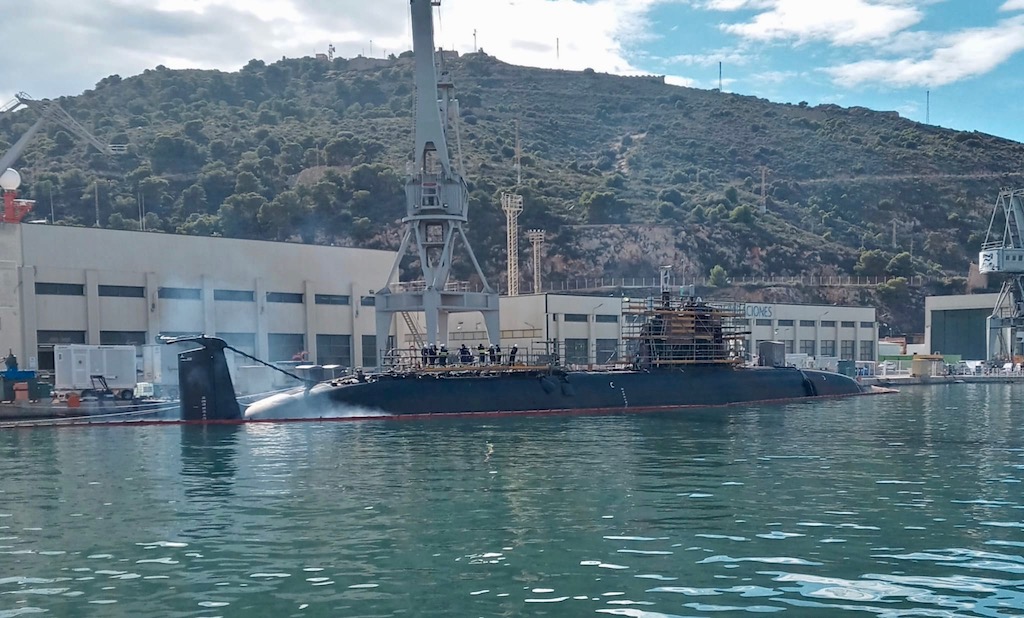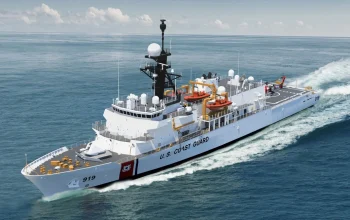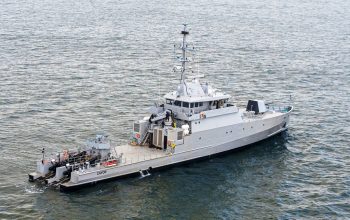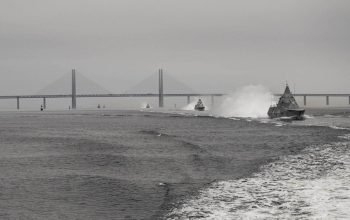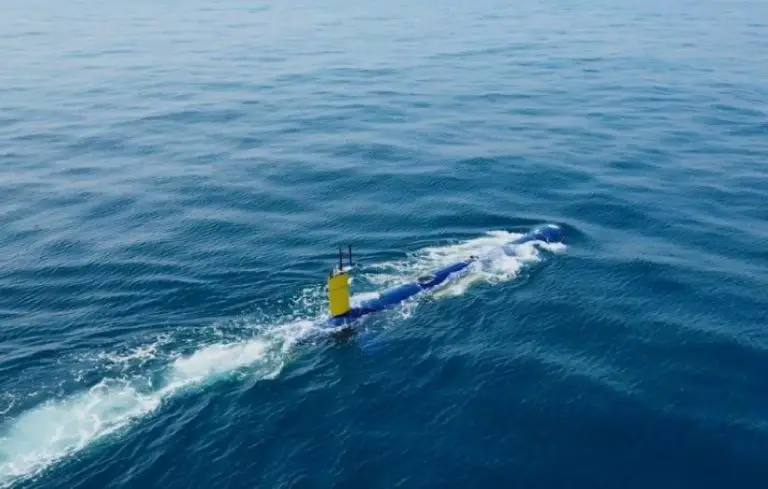Navantia Shipyard started the diesel engine of S-81 Isaac Peral submarine being built for the Spanish Navy. The engine was started on November 12 at the Armament Wharf of the Cartagena shipyard. That same day, the company started the diesel engines of the S-71 Galerna, which is in port tests as part of the work to extend its life cycle. The Spanish Navy successfully passed the safety milestone of starting its diesel engines. The S-81 will undergo the first battery charges with the DAR and the test on moorings, the first moment in which the operation of the submarine’s propulsive line is verified in a real way, prior to the start of the sea ??trials.
The S-80 program follows a regulated Systems Engineering process, by means of which it is necessary to pass a series of technical reviews or quality doors in which it must be demonstrated that the submarine is ripe to move on to the next phase. Diesel engine start-up is the fourth safety milestone, after power-up, the shipment of batteries to the ship and launching. The S-80 class submarines have diesel engines with diesel alternator rectifiers (DAR) that allow the charging of their batteries or that can directly supply power to the main electric motor. The diesels are manufactured by the Navantia Cartagena Motors factory, under an MTU license.

The Isaac Peral (S-81), the first unit in the series, was launched by King Felipe VI and his daughter, Princess Leonor, heir to the throne, on April 22, 2021 at the Cartagena shipyards, with plans to enter service in 2023, after originally being targeted for 2011. The remaining three boats are slated to be delivered in 2025, 2027 and 2029. They are oceanic submarines of medium tonnage with the capacity to carry out long duration missions in scenarios far from their base, acting with a minimum level of indiscretion. They will have an integrated platform control system that allows operation with a reduced endowment and a high degree of automation with remote control.
The S-80’s air-independent propulsion (AIP) system is based on a bioethanol-processor consisting of a reaction chamber and several intermediate Coprox reactors. Provided by Hynergreen from Abengoa, the system transforms the bioethanol (BioEtOH) into high purity hydrogen. The output feeds a series of fuel cells from UTC Power company. The Reformator is fed with bioethanol as fuel and oxygen, generating hydrogen and carbon dioxide as subproducts. The produced hydrogen and more oxygen is fed to the fuel cells. The oxygen and fuel flow rates are directly determined by the demand for power. The AIP power in the S-80 submarine is at least 300 kW (400 hp). A permanent-magnet electric motor moves a fixed propeller of a special design, that doesn’t create cavitations at high speed.
Astillero #Cartagena#Submarino #S71Galerna durante el inicio de las pruebas oficiales de arranque y funcionamiento de los motores diésel en presencia de la @Armada_esp ?? pic.twitter.com/tiftKfV8ym
— Navantia (@NavantiaOficial) November 20, 2021


